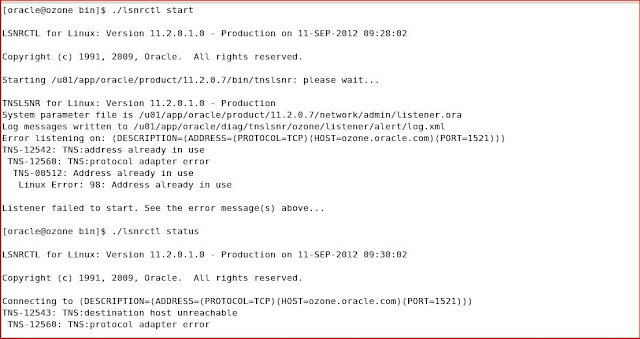Requirement: Migrate users/groups from source OID to target OID instance.
How To:
Source:
NOTE: For exporting users, specify the attributes to be exported either mandatory/optional.
Copy the files oid_filteruser.txt and oid_filtergroup.txt to the target OID instance at location say /oracle/db/oid_files.
Destination:
How To:
Source:
- Export ORACLE_HOME env variable of OID instance.
- Run ldapsearch command for exporting users as shown below.
- Run ldapsearch command for exporting groups as shown below.
NOTE: For exporting users, specify the attributes to be exported either mandatory/optional.
Copy the files oid_filteruser.txt and oid_filtergroup.txt to the target OID instance at location say /oracle/db/oid_files.
Destination:
- Export ORACLE_HOME env variable of OID instance.
- Stop OID server.
- Goto $ORACLE_HOME/ldap/bin
- Run ldapsearch command for importing users as shown below.
- To get the OID_SCHEMA_NAME, refer the tnsnames.ora file of OID environment.
- It will prompt for OID schema password.
- Run ldapsearch command for importing groups as shown below.
- It will prompt for OID schema password.
- Start OID server.
- Login to OID console to see the changes.











